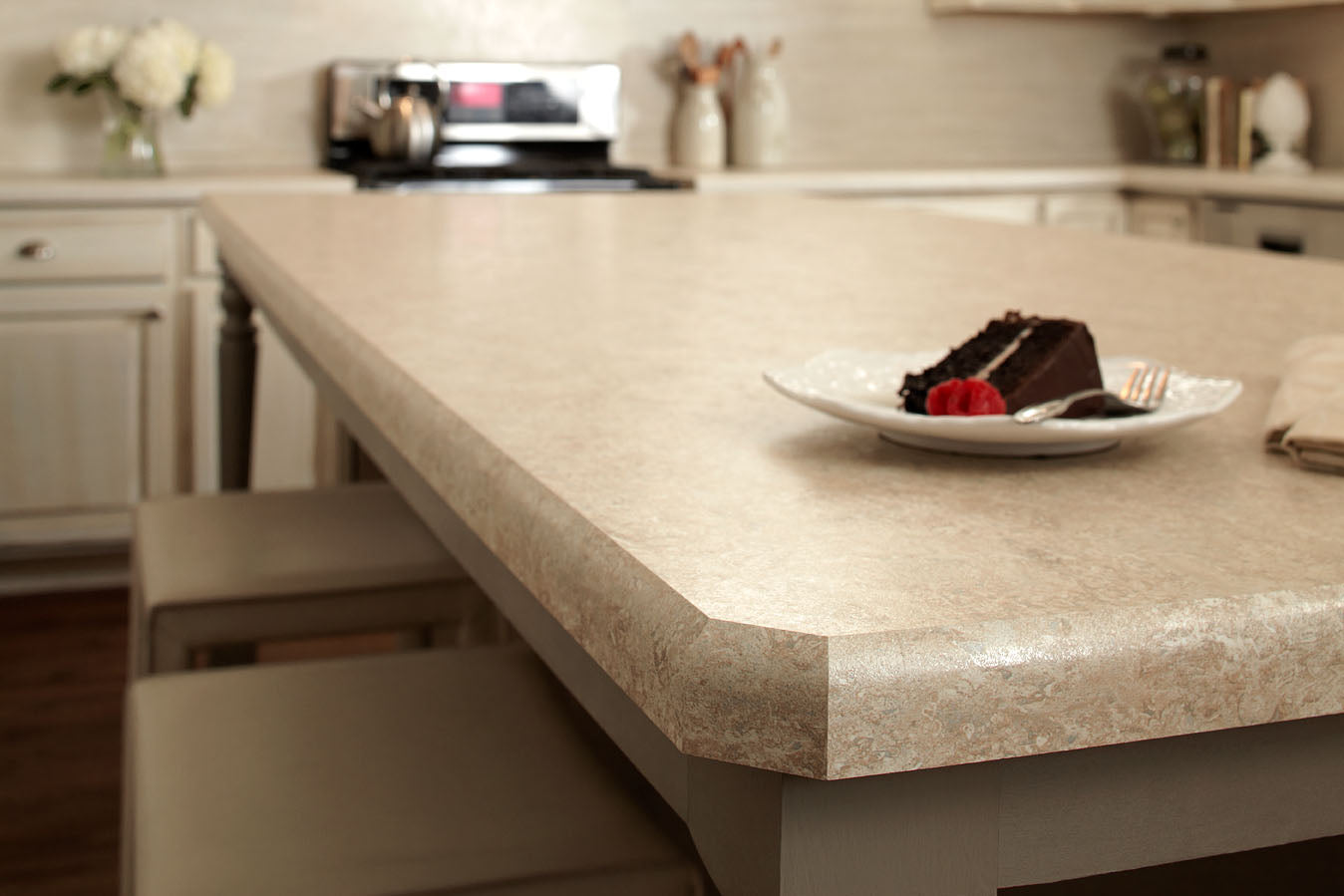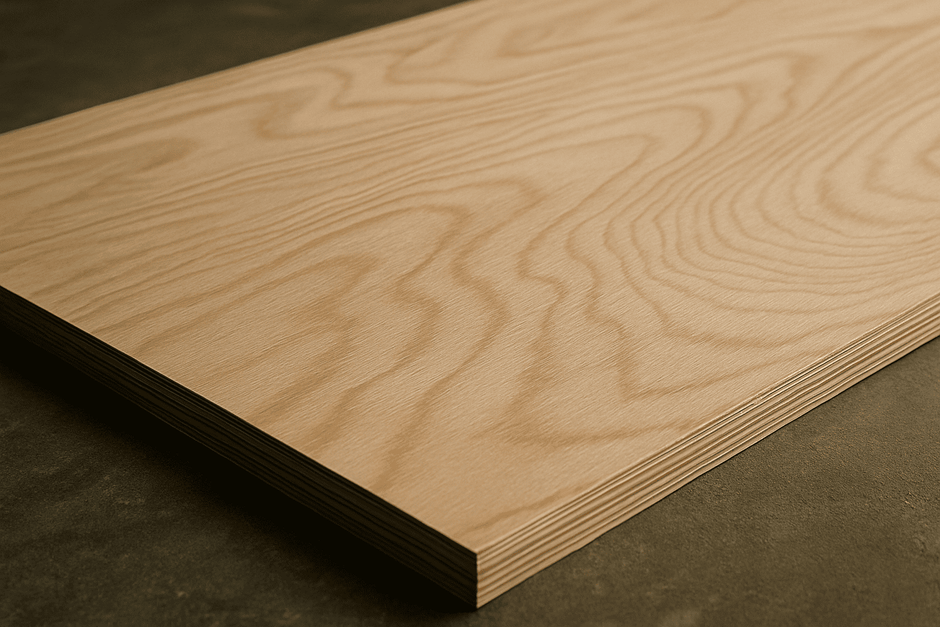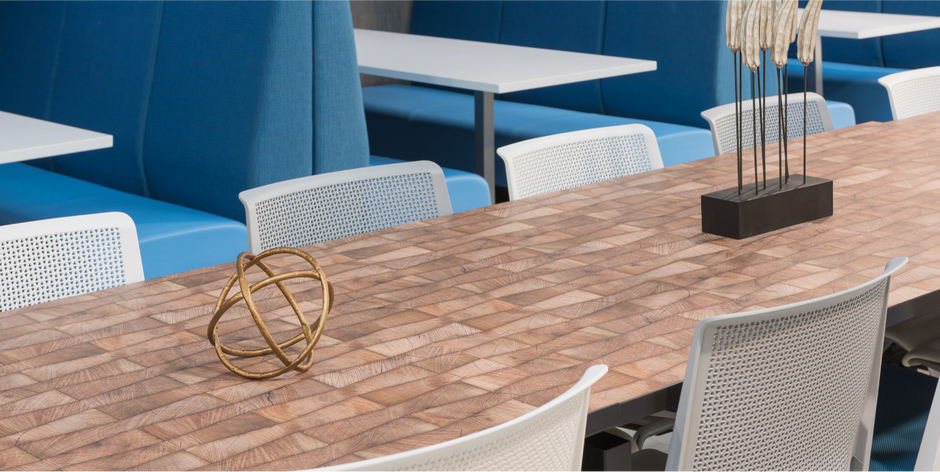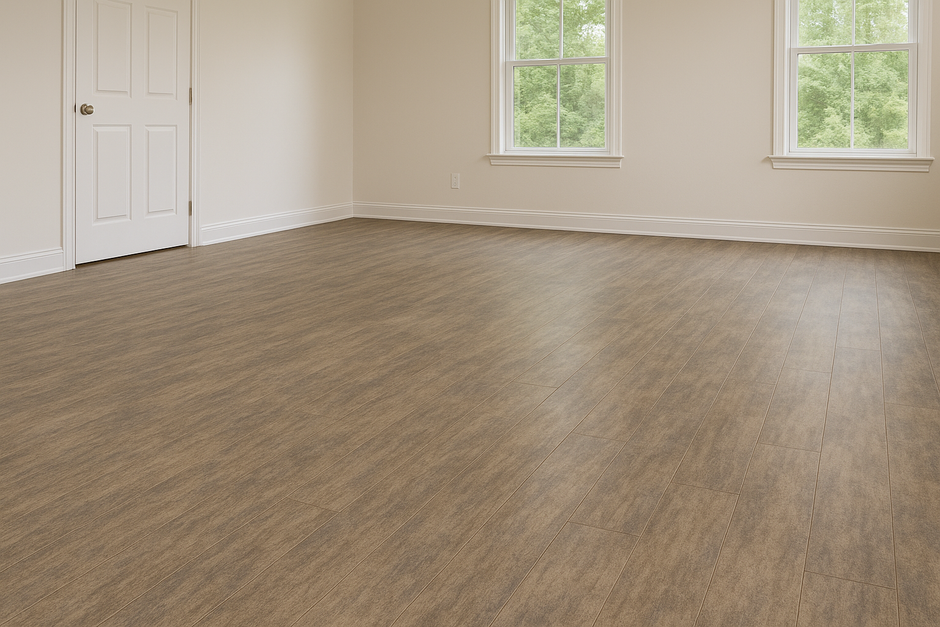Wilsonart's crescent edge is a popular choice for adding a smooth, rounded finish to laminate countertops, providing a softer and more contemporary aesthetic. Installing it yourself can be a rewarding project, saving you money and allowing for customization. This comprehensive guide will walk you through the process of how to install Wilsonart crescent edge, ensuring a professional and beautiful result.
Understanding Wilsonart Crescent Edge
Before we dive into the installation, it's important to understand what Wilsonart crescent edge is. It's a pre-formed laminate trim piece designed to be applied to the edge of your countertop, creating a rounded, seamless look. It typically comes in matching or complementary colors to your Wilsonart laminate sheets.
Essential Tools and Materials for Installing Wilsonart Crescent Edge
Gathering all the necessary tools and materials beforehand will make the installation process smoother and more efficient. Here’s what you’ll need:
-
Wilsonart Crescent Edge: Ensure you have enough linear feet to cover all the exposed edges of your countertop.
-
Contact Cement: A strong adhesive specifically designed for bonding laminates. Follow the manufacturer's instructions carefully.
-
Contact Cement Roller or Brush: For even application of the contact cement.
-
Router with a Flush Trim Bit: Essential for trimming the excess crescent edge flush with the countertop surface.
-
Laminate Trimmer (Optional but Recommended): A smaller, handheld tool for precise trimming of edges and corners.
-
Utility Knife: For scoring and trimming smaller pieces.
-
Straight Edge or Ruler: For marking and guiding cuts.
-
Clamps or Blocks of Wood: To hold the crescent edge in place while the adhesive sets.
-
Painter's Tape: To protect the countertop surface from accidental adhesive spills.
-
Sandpaper (Fine-grit): For smoothing any rough edges after trimming.
-
Clean Rags: For wiping away excess adhesive.
-
Safety Glasses: To protect your eyes from debris.
-
Gloves: To protect your hands from contact cement.
-
Measuring Tape and Pencil: For accurate measurements and marking.
Step-by-Step Guide: How to Install Wilsonart Crescent Edge
Follow these steps carefully to achieve a professional installation of your Wilsonart crescent edge:
1. Preparation is Key:
-
Measure the Edges: Accurately measure all the edges of your countertop where you'll be applying the crescent edge. Add a little extra length (an inch or two) to each piece for trimming.
-
Cut the Crescent Edge: Using a utility knife or laminate trimmer and a straight edge, cut the crescent edge pieces to the measured lengths. Remember to account for any angled cuts if your countertop has corners.
2. Apply Contact Cement:
-
Ventilation: Ensure the work area is well-ventilated when working with contact cement.
-
Apply to Both Surfaces: Apply a thin, even coat of contact cement to the back of the crescent edge and the edge of the countertop. Be careful not to get any cement on the top surface of the countertop. Use a roller or brush for even coverage.
-
Allow to Dry: Let the contact cement dry completely on both surfaces. This is crucial for a strong bond. The cement should be tacky but not wet to the touch (usually 15-30 minutes, but refer to the manufacturer's instructions).

3. Bonding the Crescent Edge:
-
Position Carefully: Once the contact cement is dry, carefully align the crescent edge with the countertop edge. Remember that once the two surfaces touch, the bond is immediate and permanent, so precise positioning is essential.
-
Apply Pressure: Starting from one end, firmly press the crescent edge onto the countertop edge. Use clamps or blocks of wood to apply even pressure along the entire length of the edge, ensuring good contact between the two surfaces.
-
Wipe Excess Cement: Immediately wipe away any excess contact cement that squeezes out with a clean rag.

4. Trimming the Excess Material:
-
Rough Trim: After the contact cement has fully cured (refer to the manufacturer's drying time), use a laminate trimmer or a router with a flush trim bit to remove the bulk of the excess crescent edge material. Keep the trimmer base flat against the countertop surface for a clean, even trim.
-
Flush Trim: For a perfectly flush finish, use the router with a flush trim bit. Guide the router along the edge, allowing the bearing on the bit to follow the countertop surface.
-
Trim Ends and Corners: Carefully trim the ends of the crescent edge flush with the countertop surface. For corners, you may need to make angled cuts or use a combination of trimming tools and hand filing for a seamless joint.
5. Finishing Touches:
-
File and Sand: Use a fine-grit file or sandpaper to smooth any sharp edges or minor imperfections. Be careful not to scratch the surface of the crescent edge.
-
Clean Up: Wipe down the countertop and crescent edge with a clean rag to remove any dust or residue.

Tips for a Professional Installation
-
Practice on Scrap: If you're new to working with laminates or contact cement, practice on a scrap piece of Wilsonart crescent edge and laminate first.
-
Work in Sections: For long countertops, work in sections to manage the contact cement drying time effectively.
-
Be Patient: Don't rush the process, especially the contact cement drying time.
-
Ensure Proper Ventilation: Contact cement fumes can be strong, so work in a well-ventilated area.
-
Accurate Measurements: Double-check all your measurements before cutting.
-
Sharp Blades: Use sharp blades on your utility knife and laminate trimmer for clean cuts.
-
Consider Professional Help: If you're not comfortable with any part of the process, consider hiring a professional countertop installer.
Benefits of Installing Wilsonart Crescent Edge
-
Enhanced Aesthetics: Provides a softer, more modern look compared to sharp edges.
-
Increased Safety: Rounded edges are safer, especially in households with children.
-
Durability: Protects the edge of the laminate from chipping and wear.
-
Seamless Finish: Creates a smooth transition between the countertop surface and the edge.

Installing Wilsonart crescent edge is a manageable DIY project that can significantly enhance the look and feel of your laminate countertops. By following these steps and tips, you can achieve a professional and long-lasting finish.














































